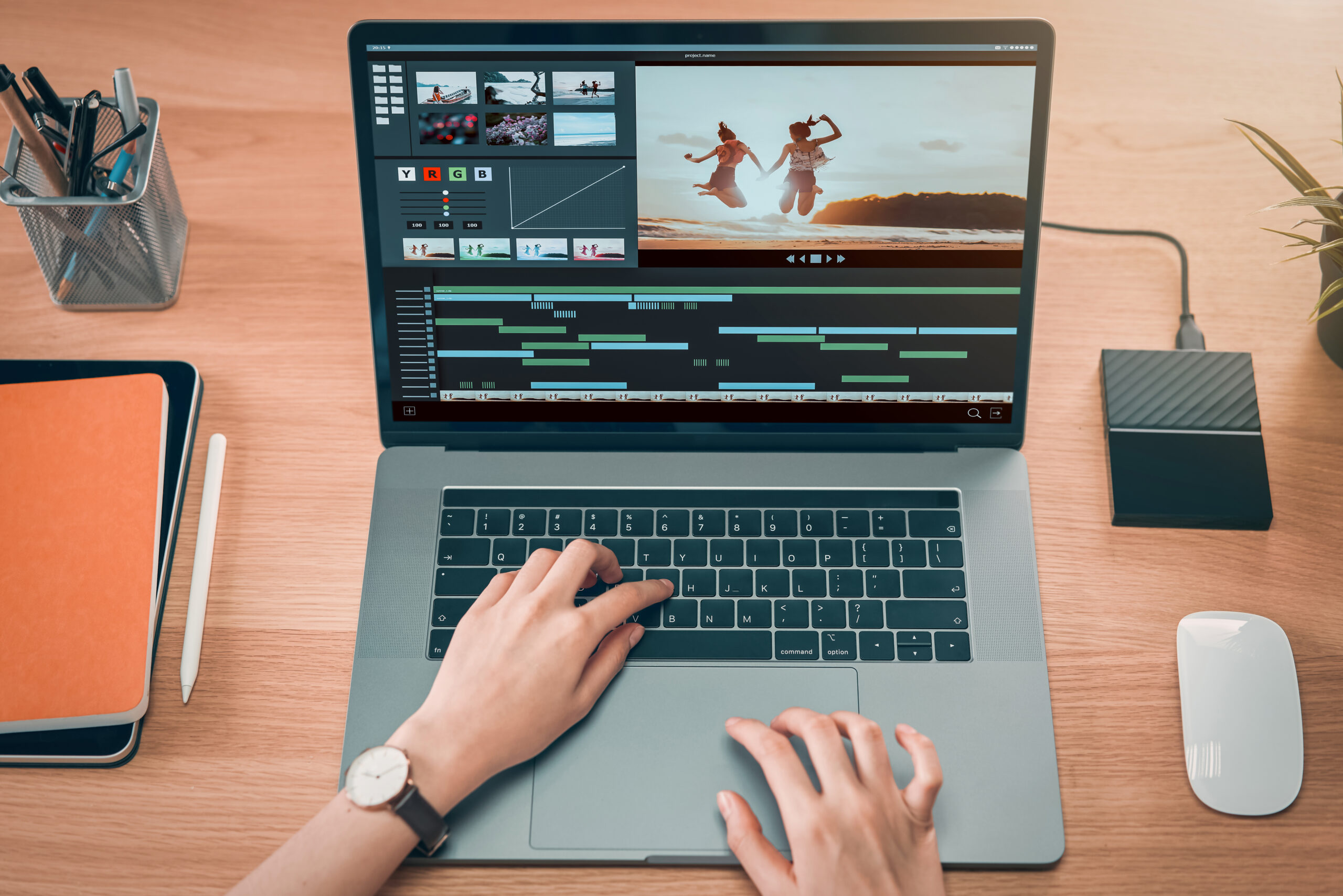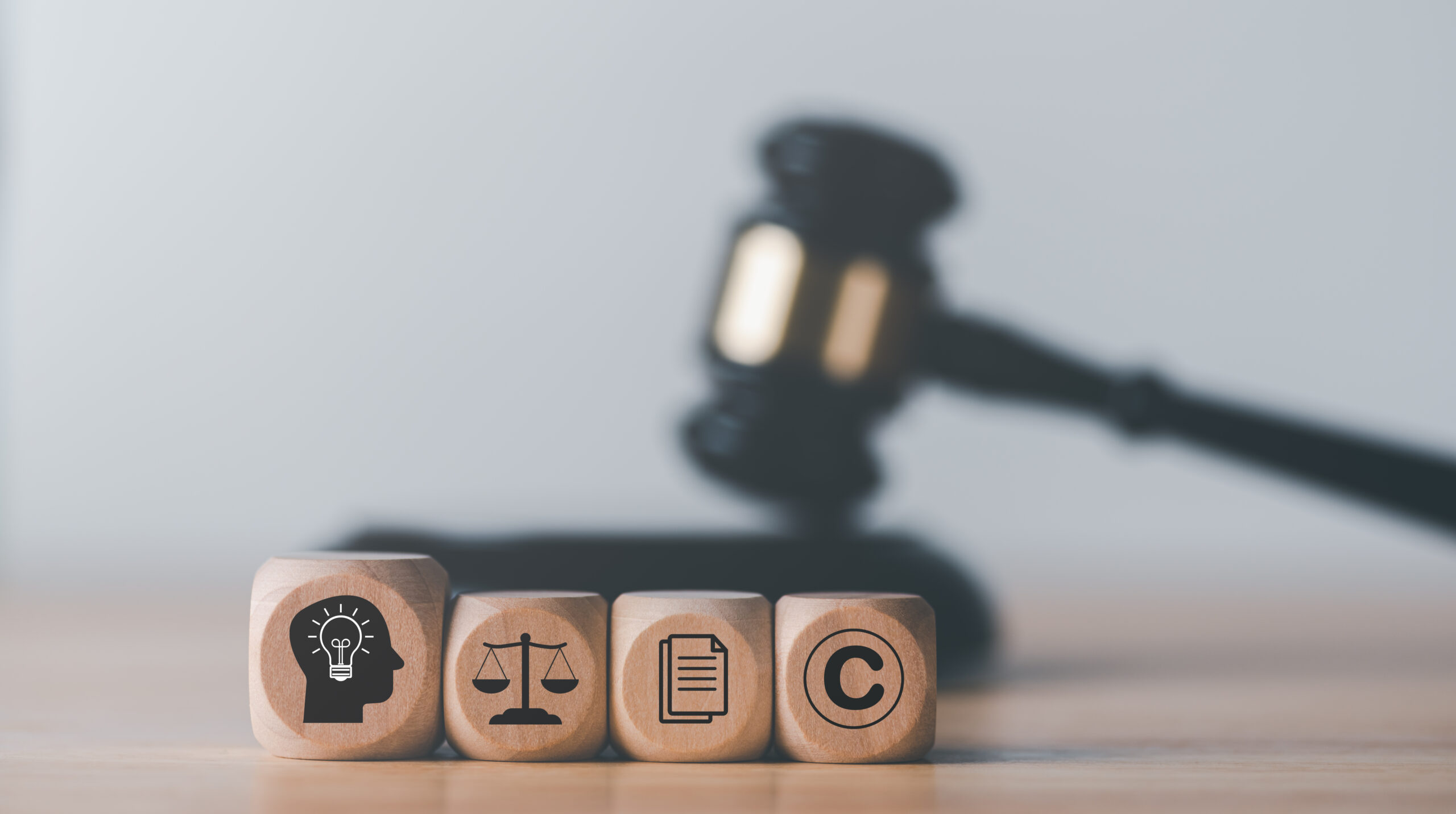Every content creator on YouTube, TikTok, and Instagram (and, theoretically, Threads and X, if anyone is actually using them) eventually ends up researching the same questions: how much of a song clip, video clip, newspaper article, etc. can you legally use? Is it determined by the amount of time the clip plays? Does it change from one copyright holder to the next? Does it matter what part of the other work you want to use? These questions and more are answered below.
Understanding The Copyright Act
First, let’s understand that there is a difference between the rights and limitations imposed by law, and the rules imposed by private companies. Copyright law spells out the actual legal standards. The Copyright Act of 1976 codifies the basic statutory framework for copyright law. The statutes have been updated several times, most notably by the Digital Millennium Copyright Act of 1998, which has itself been updated and amended several times as well. On top of this are federal regulations, codified in the Code of Federal Regulations, and the rules of various entities such as the U.S. Copyright Office. All of these, in turn, are further explained and fleshed out by judicial opinions of various weights. The most important opinions are those published by the United States Supreme Court, then those of the circuit courts (with the most important ones coming from the circuit court in your jurisdiction), and then federal district courts, whose opinions are binding in that one case but which do not set precedent for other cases to follow. The term “copyright law” encompasses all of these statutes, regulations, rules, and case law.
Private companies, such as Google and Meta, and even more traditional media distribution companies like Twentieth Century Fox, are not obligated to allow their users to circulate anything that would be permissible under federal copyright law. They can and do impose rules that are more restrictive, often in an attempt to prevent users from posting content that would violate the platform’s rules, such as those on abusive behavior and harassment, or that would violate other laws, such as terrorism or facilitation of narcotics transactions. There are numerous instances of distribution companies and social networking sites refusing to allow certain types of content to be a part of their business.
Sometimes, these companies will also differentiate among allowed content, such as Google’s rules for monetizing YouTube videos. That said, what these companies don’t do is provide clear-cut rules about how much of a copyrighted work you are allowed to incorporate into content that you create. Instead, they briefly summarize copyright law and what is known as the Fair Use defense, and then leave it to content creators to figure it out for themselves.
Taking A Closer Look At Fair Use Law

In general, the rule is that you must either own all of the content in your work, or you must have a proper license, unless 1) it is in the public domain, or 2) an exception applies.
Navigating the Public Domain: A Safe Harbor?
In practice, this means to the extent that you want to use your own photographs, music, videos, drawings, writings, etc., feel free. If you find that you need additional works, such as a song to play in the background of a video, you can use works that are in the public domain.
In general, for works created in 1978 and later, copyright protection lasts for the life of the author plus 70 years. After copyright protection expires, the work becomes public domain and can legally be used by others. However, public domain works are often… ahem… dated… and while they are generally pretty safe from a copyright standpoint, they are rarely the best tool for the job. Instead, many content creators seek out royalty-free works, or works for which they can obtain a license at little to no cost.
Google offers royalty-free music and songs to its creators through its YouTube Audio Library, and with similar services being offered by third-party companies such as Epidemic Sound and Thematic. Other companies offer licenses for purchase. It is important to note that even though a work may be royalty-free, that does not mean that it is also license-free. On the contrary, commercial licenses are nearly always limited, which means they come with restrictions. For example, a copyright holder might grant a limited license to play only a certain portion of a song, or only a certain duration of video. These restrictions are a matter of contract between the content creator and the licensor, and terms can vary widely.
To keep things simple, most content creators source their licensed material from the same providers. This helps the creators keep track of the licensing requirements. If you’ve ever seen a YouTuber counting how many seconds they can play a song or a video, it is almost certain that they are trying to comply with the terms of a license.
Navigating the Public Domain: A Safe Harbor?
When you upload your work to a social media platform, you are also taking responsibility for the content of that work. If you own all the content that you uploaded, then the risk of copyright problems is low. If you are certain that any work that you did not own was either in the public domain or was used in accordance with a license that you obtained, then you would not normally expect to have any copyright issues there, either. However, if you are posting content that contains copyrighted work that is not in the public domain and for which you did not secure a license, it is important to ensure that one of the defenses to copyright infringement applies. In this context, the defense that comes up most often is called “Fair Use.”
The Fair Use Doctrine states that copyrighted works may be used for purposes such as criticism, comment, news reporting, or research. In practice, this allows a television news station to use a clip of a song as part of a news broadcast that somehow involves the song or the artist, or for a teacher to use a copyrighted book as part of an English class. When determining whether a given use of a copyrighted work constitutes fair use, courts have considered the purpose and nature of the use (such as whether use is commercial or non-profit education), the nature of the copyrighted work, the amount of the work use and how central or important that portion is as compared to the work as a whole, and the probable effect on the potential market value of the copyrighted work.
The rules are not black and white. They require the content creator to assess each use on a case-by-case basis. And importantly, fair use is a legal defense. That means it comes up only when a copyright owner has already alleged that a certain use is infringing, and the content creator is arguing that the work is not infringing because these four factors, taken together, warrant a conclusion that the Fair Use Doctrine applies. As one may imagine, content creators do not generally want to be forced into the position of arguing esoteric aspects of federal copyright law, and therefore tend to err on the side of caution. In other words, most content creators rely on the Fair Use defense only when they have to, and even then, they use only as much of the copyrighted work as necessary to make their point.
Taking Responsibility for Your Content on Social Media Platforms
When a work is uploaded to a social media platform, its contents are scanned and checked against lists of known copyrighted works. For example, YouTube uses a system called Content ID to check whether uploaded works contain copyrighted material. These systems also catch works which are embedded within larger works, such as an image file that appears in the corner of a larger image. These automatic scanners are extremely accurate and will often identify a protected music or video work that is used for more than one second, maybe two second at the most. This can occur even if the protected work has been changed in some minor way, such as an amateur musician performing a cover of a copyrighted song. When this happens, the copyright owner will receive a notification and will have options for how to respond, including tracking, blocking, or monetizing that work. The copyright holder can apply these choices worldwide or specify different options on a territory-by-territory basis. For example, a copyright holder could choose to monetize a video in one country and block it in the rest of the world.
Copyright holders can change their options at any time, which can have a significant effect upon the value of the work. Many content creators try to avoid having their works flagged by content scanners in the first place by simply not incorporating other copyrighted works, or if that fails, by making sure that they have royalty-free licenses so that the copyright holders do not request that the content be removed. If a copyright owner were to demand that the content be removed, that could result in the content creator receiving a “copyright strike” from the social medial platform, with further action being taken if the creator received too many strikes within a certain amount of time.
Navigating the Grey Areas: Understanding Copyright and Fair Use Laws

The realm of copyright and fair use is often a complex dance, reminiscent of an old joke about lawyers: ask them any question, and the answer invariably seems to be ‘it depends.’ Indeed, when it comes to copyright infringement and fair use, there are few absolutes, few black-and-white rules to rigidly adhere to.
Many content creators opt for the safer route, relying solely on their original work or royalty-free content. Others venture into the world of copyrighted material, confident that their usage would fall under the protective umbrella of ‘fair use’ if ever scrutinized by a court. But how do we determine what’s too much? How do we know when we’ve crossed the line?
Perhaps frustratingly, the most accurate response remains: ‘it depends.’ Each situation is unique, every piece of content subject to different interpretations of fair use. The key is to stay informed, understand your rights and responsibilities, and err on the side of caution. After all, in this intricate dance of copyright and fair use, it’s better to tread lightly than to stumble.
Christopher Ingle is an intellectual property lawyer with 16 years of experience. Contact Gillespie, Shields & Taylor at 602-870-9700 to schedule a consultation with him today!
Family Law Attorney in Phoenix & Mesa
Founded in 1985, GillespieShields is the top family law firm in Phoenix & Mesa. We’re ready to put our years of experience to work to resolve your legal issue.

